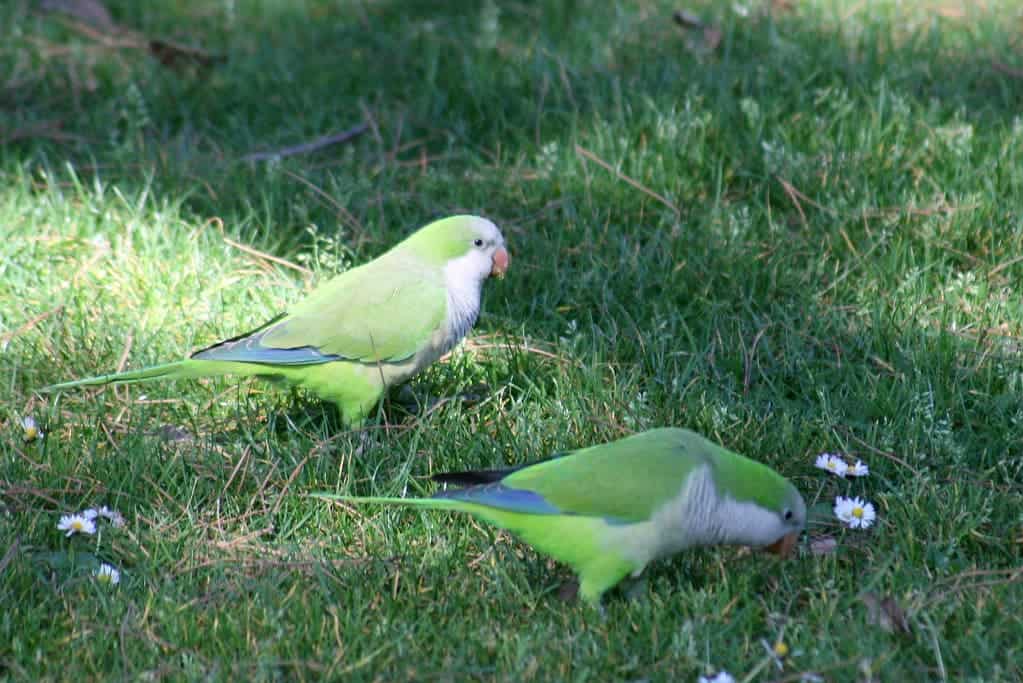The thousands of bright green monk parakeets that screech through Madrid’s skies could soon be gone as the city council has unveiled a plan to reduce their number, now estimated at 12.000.

The parakeets, also known as Argentine parrots, are native to South America, but many were kept as pets in Spain before ownership became illegal in 2011. Many of them escaped, or were released from captivity, and are now prolific in Madrid, as well as a number of other areas in Spain (and, to a lesser extent, other cities in Europe).
The growing population brings a set of problems to the city. The birds, considered an invasive species in Spain, are noisy, messy, and are certainly ruffling the feathers of local residents, who have already filed 197 complaints about the birds this year, and 209 in 2018.
The birds also build nests that can reach a whopping 200 kilograms (441 lb), which could pose a threat to Madrid’s citizens if they were to fall, authorities claim. The parakeets are also thought to threaten biodiversity in the city by competing for food, and damaging vegetation while building their nests.
The city authorities are working with the Spanish Ornithological Society, SEO Birdlife, and have announced plans to begin “humane slaughter” and egg sterilization over the coming months. Borja Carabante, the council’s environmental representative, said the birds “have become a worry for people and we’ve had a lot of complaints.”
Carabante says the plan will be carried out in accordance with the animal welfare law, but the exact details have yet to be finalized. The environmental head explained that not all of the monk parakeets in Madrid will be culled, as stipulated by the law, but says that a population of up to 600 birds “would cause minimal or acceptable” damage.
Santiago Soria, head of the council’s Biodiversity and Inventory Service, said that the objective was not to eliminate the whole parrot population, but explained that without intervention it would continue to grow. “The spirit of the law is to do no damage to our wildlife,” Soria told media.
The southern cities of Malaga and Seville have also proposed measures to cull their parakeet populations. But such moves have been met with strong opposition from animal rights groups, who argue that numbers can be controlled through non-lethal methods such as contraception.
In Argentina, where they originally come from, parakeets are a common sight in many of the country’s main cities such as Buenos Aires. They are easily spotted in public parks where they nest, and they are sold as pets in pet shops.









